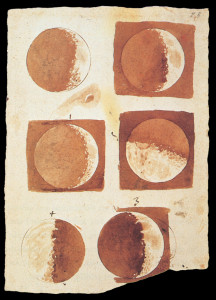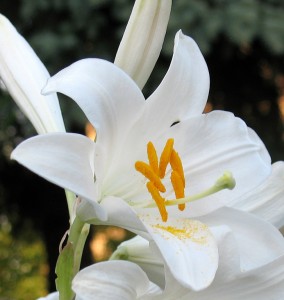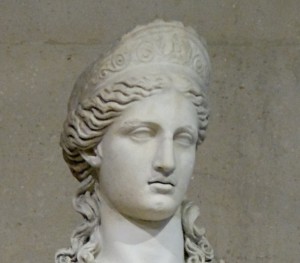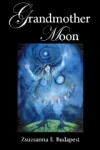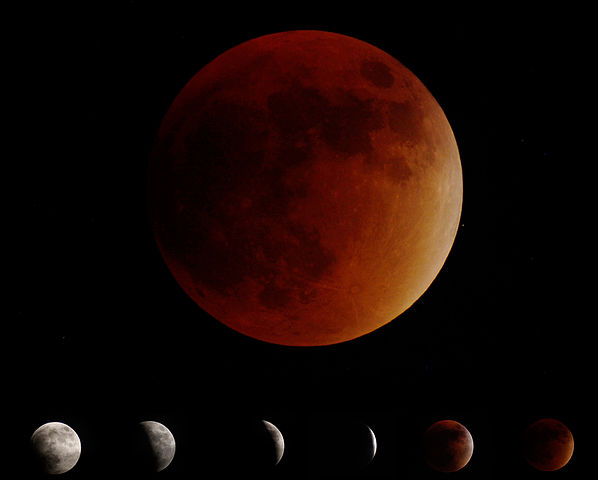
This week was my first opportunity, believe it or not, to view a total lunar eclipse. Times when I might have theoretically been able to witness the event, the sky has been overcast. I watched the eclipse from the parking area in back of my house, a rather unromantic spot to commemorate a great occurence but one that afforded clear unimpeded observation. I had to stay up rather late to be visually present, but I was still very alert, and I can corroborate that the moon at first seemed to disappear bite by bite, and then to be present in a greatly diminished state. At first I was incredulous, despite intellectually understanding and accepting the event, as the immediate impact was surreal.
Of course I have been present for every partial and total eclipse in my lifetime, whatever the time of day or atmospheric condition. Without access to a spaceship there is no other choice. I think this eclipse has been unusually impactful, and I mean that in an uncomfortable karma-as-teacher kind of way. A lot of unbalanced accusations flying, with less self-aware people reacting to internal conflicts in a projected manner. I don’t know whether this heightened eclipse syndrome is related to this being a supermoon (moon at its closest orbit to earth), the eclipse occurring so close to the equinox, or Mercury retrograde adding communication problems to an already difficult aspect. Usually I do not do any magic around the time of an eclipse. I find the spell dampened or ineffective and prefer to wait for a more productive time. Beginning a day or two before the solar eclipse and continuing until the lunar, I try to affect my will magically as little as possible. Sometimes other events make this policy impractical, such as the Fall Equinox/Harvest holiday occurring smack in the middle of the two events. Even in this situation, however, I tend to keep the focus on worship rather than tangible goals. I have been taking a vacation even from larger writing projects and spending more time in the woods. I had to come out of retreat temporarily last week nonetheless to use magic to aid someone in a crisis that needed immediate intervention.
For me the eclipse seemed to be winding down even as it began, since I am an Aries and we tend to experience transits before they happen. I think this has to do with the Aries attraction to novelty manifesting as recognition of new vibrations in their prodromal phase, giving way to boredom with them as they develop. In fact, I’m surprised I’m even interested in debriefing this recent astrological event. It was, however, an exceedingly powerful one.


